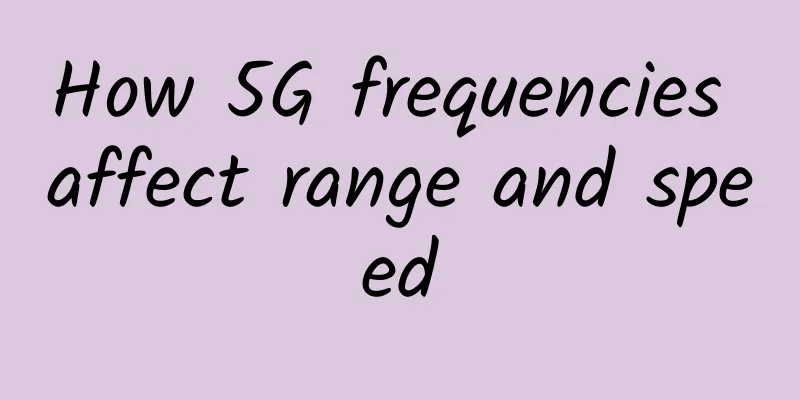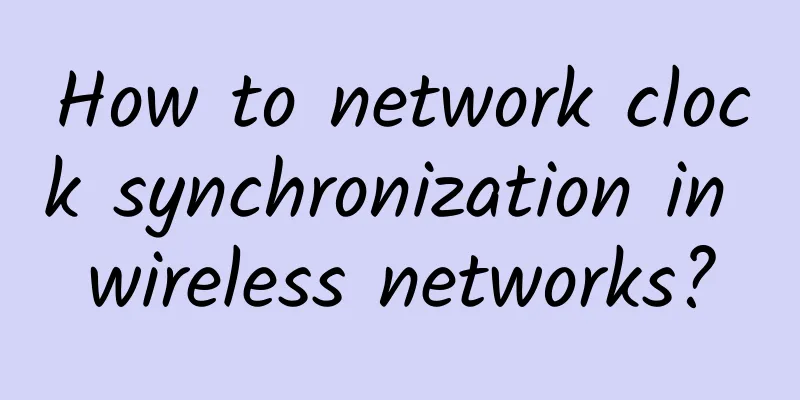Why is 50 ohms used in RF?

|
In RF circuits, RF devices with various interfaces (SMA, SMP, BNC, etc.) are often used. Therefore, it is necessary to use RF cables or connectors with various interfaces to connect these RF devices and devices. However, no matter what the interface type is, do you know that they are all 50 ohms (Ω)? In addition, the ports of the signal source, spectrum analyzer, network analyzer, etc. that we use are all 50 ohms. Are you still confused here, why are the interfaces of so many devices or equipment all 50 ohms? Let's start learning this article with these questions. Why choose 50 ohms?Let's first learn about the relevant knowledge of transmission lines. Transmission lines are used to transmit signal energy. There are many types of transmission lines, such as coaxial cables, microstrip lines, strip lines, etc. The most common RF cable is coaxial cable, which is generally composed of an inner conductor, a dielectric, an outer conductor, and a sheath, but some have multiple shielding layers and protective layers. The following is a schematic diagram of the structure of a common coaxial cable: Coaxial cable The maximum power transmission of the signal and the minimum signal reflection are determined by the impedance of the transmission line and the impedance matching in the system. The impedance of the transmission line is called the characteristic impedance or characteristic impedance. The characteristic impedance can be expressed by the following formula: in,
From the formula, we can know that the characteristic impedance is related to the size of the inner and outer conductors of the transmission line and the dielectric constant of the filling medium. The characteristic impedance can be controlled by these three parameters. Transmission lines are used to transmit energy, and they have certain requirements for the maximum power they can withstand. The maximum power they can withstand is also related to the size of the inner and outer conductors, that is, to the characteristic impedance. in,
Therefore, in order to ensure the maximum capacity transmission of signal power and avoid signal power loss, a suitable characteristic impedance needs to be selected. Here we have to mention the famous Bell Labs. Bell Labs has done many experiments on coaxial cables with different parameters and found that the signal power of coaxial cable is the largest when its characteristic impedance is 30 ohms, and the signal loss is the smallest when its characteristic impedance is 77 ohms. Loss and Impedance Graphs Maximum power handling and impedance curve In order to take into account both minimum loss and maximum power capacity, a 50 ohm characteristic impedance is chosen as a compromise between 77 ohms and 30 ohms. Therefore, everyone has agreed to choose 50 ohms as the characteristic impedance. This is why in general RF devices or equipment, we will find that the input or output impedance is basically 50 ohms. Therefore, RF circuits are also designed according to 50 ohm impedance matching. Another point to note is that the impedance here does not mean that the resistance of the internal wire is 50 ohms. If you use a multimeter to measure the resistance on both sides of the wire, you will find that its reading is 0. In fact, it refers to the impedance of the entire transmission line system. We can regard the transmission line as a circuit composed of n resistors, capacitors, and inductors. We can use the following equivalent circuit to represent it: Coaxial cable equivalent circuit Why is impedance matching necessary?Before returning to this question, let's first look at what impedance is? The resistance, inductance and capacitance in the circuit will hinder the current. We call the resistance to the current in the circuit impedance. Impedance consists of two parts: resistance and reactance. Reactance can be divided into inductive reactance and capacitive reactance. Impedance can also be represented by a complex number, with resistance as the real part and reactance as the imaginary part. in:
From the impedance formula, we can see that for an ideal pure resistor, its resistance is independent of the frequency of the signal. But in fact, any circuit has resistance, inductance and capacitance, and the size of inductive reactance and capacitive reactance is related to the frequency. Therefore, for high-frequency signals, the inductive reactance and capacitive reactance in the circuit or system cannot be ignored. Radio frequency is a high-frequency signal. Unlike low-frequency signals, in addition to resistance, the inductive and capacitive reactances in the circuit must also be considered. For low-frequency circuits, current, voltage and other waveforms are transmitted in the circuit, while radio frequency circuits need to transmit power from the transmitter to the receiver. In the process of power transmission from one circuit to another, the power and quality of the signal must be guaranteed as much as possible. How to ensure these, the most important thing is to do a good job of impedance matching of the circuit, that is, to correctly match the impedance of the input circuit and the output circuit. We can understand it by taking the relationship between water pipes and faucets as an example. The water pipe is like an output circuit, the faucet can be regarded as an input circuit, and the water is the transmitted signal. During installation, we must ensure that the interfaces of the water pipe and the faucet match each other, so that water can flow naturally from the water pipe to the faucet without leakage. If one of the interfaces is too large or too small, leakage will occur. The same is true for RF circuits, but the interface part of the RF circuit requires impedance matching. If the interface part of the RF circuit is not properly matched, the signal will be reflected back and forth at the interface, and the signal power transmitted to another circuit will be reduced. Since the wavelength of the high-frequency signal is short, the reflected signal will also be superimposed on the original signal, which will also cause signal distortion and poor signal quality. In addition, there will be interference signals from the outside world entering the circuit. In this way, if there is no correct impedance matching, the RF signal cannot be transmitted correctly. Impedance matching Students who have experience in amplifier debugging should have encountered this situation. In an amplifier circuit, if the matching of the amplifier port is not done well, self-excitation will occur. This is why we often add attenuators at both ends of the RF amplifier. In addition to attenuating large signals, it can also prevent self-excitation caused by impedance mismatch at the amplifier port. at lastIn RF circuits or RF systems, impedance matching is a critical task. The quality of the matching directly affects the transmission of the signal of the system or circuit, and has a great impact on the performance of the system or circuit. Usually, impedance matching debugging is a task that occupies a large workload of RF engineers. This article is reprinted from the WeChat public account "Will's Big Dining Room", which can be followed through the following QR code. To reprint this article, please contact Will's Big Dining Room public account. |
>>: Can private enterprises build 5G towers and rent them to operators? MIIT responds
Recommend
JuHost: Hong Kong Kowloon VPS 40% off from $2.99/month, 1G memory, 20G SSD, 100M bandwidth
JuHost has currently updated the regular 40% disc...
The Smart Network: Cisco's most disruptive innovation in a decade
A little over a year ago, my colleague David McGr...
5G and Next Generation Networks during the COVID-19 Crisis
The word "crisis" in Chinese means both...
Opportunities and challenges of the 5G golden frequency band: Is the 700MHz industry chain ready?
Spectrum resources are the core resources for the...
TCP/IP protocol is used to transmit onions? This article will give you a deeper understanding
1. Computer Network Architecture Layering Compute...
US reportedly allows chip sales to Huawei but only for non-5G business
Things have been bad for Huawei since the US ban....
Smart cities around the world: six innovative success stories
[[406966]] It is estimated that at least 180,000 ...
Megalayer: Hong Kong/Philippines/US VPS annual payment starts from 159 yuan, CN2 line optimized bandwidth
Megalayer has been shared several times in the tr...
A curve shows what stage 5G, autonomous driving, and AI have reached
Recently, Gartner, a world-renowned IT market res...
5G mobile phones are coming! Who will be the next Nokia?
"With 43 million analog mobile phone users, ...
Kubernetes uses OkHttp client for network load balancing
During an internal Java service audit, we discove...
The Experience Economy is in Full Swing: Aruba Drives the Intelligent Digital Workplace
Under the wave of mobility and digitalization, th...
HostingViet: Vietnam VPS monthly payment 30% off, 28 yuan/month-1GB/20G SSD/unlimited traffic
HostingViet has updated the validity period of th...
Six ways 5G can save the global supply chain
For decades, we’ve taken supply chains for grante...
The third anniversary of 5G license issuance: "Three-generation life" has brought prosperity
On June 6, 2022, my country's 5G commercial l...









